A bird’s eye view of the McKinleyville Town Center project, with existing buildings shown in white. | Image via County of Humboldt.
###
At a special meeting today, the Humboldt County Board of Supervisors approved an ordinance that clears the way for development of the McKinleyville Town Center. The board’s 4-1 approval came despite concerns from some residents about various aspects of the plan, particularly a “road diet” proposal that calls for roughly half a mile of Central Avenue to be reduced from five lanes to three.
During the public comment period, roughly three dozen people lined up to voice their opinions, with much of the commentary focused on the traffic plans. Many residents warned that reducing Central to three lanes would cause congestion, increase traffic accidents and negatively impact neighboring roadways. Others spoke in favor of the concept and urged the board to pass the ordinance. Board members said they’ve received lots of public feedback and it has been split roughly 50-50 on the road diet idea.
Still other public speakers alleged that there has been a lack of transparency thus far, with several people accusing decision-makers of ignoring their input.
Wesley Chesbro, a former Arcata Councilmember, Humboldt County Supervisor and State Assemblymember, urged the board to pass the ordinance, saying, “I’m willing to sacrifice a minute of my time going into the shopping center if it makes Central Avenue a little bit safer.” He recalled an incident on Central where two teenaged pedestrians were nearly struck by a vehicle that failed to yield for the flashing lights at a crosswalk and said it was “one of the most horrifying driving experiences I’ve ever had.”
A few speakers focused on Life Plan Humboldt, a local nonprofit that aims to build a senior residential facility at the south end of the Town Center. That organization’s president, Ann Lindsay, urged the board to “have courage” and adopt the ordinance. “We want to get our development going,” she said.
The board’s approval, which came after several hours of deliberation, marks the culmination of six years of planning and public review for this project. Originally conceived during development of the McKinleyville Community Plan, the Town Center Master Plan aims to establish an identity and geographic heart for Humboldt County’s largest unincorporated community.
John Ford, the county’s planning and building director, explained at the outset of today’s meeting that the Town Center was designed to provide “a viable focal point for the community,” a mixed-use area in the heart of town for social interaction and business ventures, with convenient access for pedestrians, cyclists and automobiles.
Location of the McKinleyville Town Center. The area outlined in purple is designated for a new residential senior community from local nonprofit Life Plan Humboldt.
###
To get specific, the approved ordinance rezones 134-acres in the middle of McKinleyville to Mixed Use, with a qualified combining zone (Q Zone) overlay that spells out a set of development criteria and allowed uses. In other words, any new development inside this area will be streamlined and simplified for projects that meet the guidelines.
Buildings in the town center must comply with a “form-based code” that aims to create “an urban downtown feel,” according to Ford, with commercial uses on the first floor and residential above that. In all, the Town Center allows for the development of up to 2,650 housing units and 900,000 square feet of retail and office space, along with pedestrian- and cyclist-focused infrastructure and other outdoor amenities.
Much of the work to develop this project was done through the McKinleyville Municipal Advisory Committee (generally abbreviated as “MMAC” but referred to in conversation as “The Mick Mac”). That group started working on the Town Center project in 2019. The Humboldt County Planning Commission conducted a community workshop in August and held a public hearing the following month.
Ford noted that an Environmental Impact Report found only one significant and unavoidable impact: increased traffic noise along Railroad Avenue. The main points of public contention, however, have been related to traffic (as noted above), the amount of possible development, impacts to wetlands and the designated amount of open space and parkland.
As for the controversial “road diet” component, the stretch of Central Avenue between Heartwood on the south and Railroad Avenue to the north would be converted to three lanes, with sidewalks, buffered Class 1 bike lanes and landscaping on both sides of the street. That’s the current design, anyway.
Here’s an illustrated cross-section:
Image via County of Humboldt.
###
And below is the stretch of road in question. The area in blue would change from five lanes to three, and the area in green would remain at five lanes.
###
The MMAC recommended approval of this design, but the Planning Commission was “vexed” over the matter, according to Ford. That body wound up recommending an additional traffic study.
Ford explained that the MMAC had already been provided with an “operational analysis” of traffic in all intersections around the Town Center. The analysis found that there would indeed be impacts to the “road diet” plan but that intersection improvements would allow those intersections to maintain maintain an “adequate level of service.”
One x-factor thrown into the mix: Caltrans is considering building a freeway interchange where Hiller Road crosses over Hwy. 101, which would likely change traffic patterns on Central Avenue.
[CLARIFICATION: While some McKinleyville community members and leaders have expressed a desire for such a freeway interchange, and while that desire has been documented in Caltrans’ U.S. 101 Corridor Management Plan, a spokesperson for the agency tells the Outpost, “This location has not been identified by Caltrans as a location that meets the criteria for modification.” He added, though, that non-Caltrans entities can advance interchanges. “When that happens, they are sponsored and funded by the advancing entity, as Caltrans would provide oversight to ensure the facilities meet state highway safety and operational standards.”]
Fifth District Supervisor Steve Madrone shot down some misconceptions about the project. He noted that the proposed zoning for the Town Center actually represents a reduction in density, and any removed wetlands removed will be replaced at a ratio of one and a half to one.
“So there will actually be more wetlands than exist now in terms of acreage, and they would be all concentrated into what I consider, as a wetlands expert, a very high-quality wetlands complex in the western third of the developable area,” Madrone said.
First District Supervisor Rex Bohn, who quipped that he’ll never claim to be an expert at anything, said he’s heard from a lot of people who are opposed to the road diet idea, and he, too, is skeptical. He asked Ford for his take.
“I think this has a tremendous upside for the community,” Ford responded. He said he’s been a planner “for more years than I feel comfortable saying,” and throughout his time in the profession the talk has been about moving away from traditional four-lane arterial roads in favor of “creating a more pedestrian scale for business and for people who live and work there. The communities that have done that have found their businesses are actually more successful because people aren’t just driving through very fast,” he said.
That said, there’s currently no financing for the “expensive prospect” of redesigning Central Avenue, so the Town Center can begin to develop without the road diet, Ford explained. He also noted that while “it’s comforting to ask for additional studies,” the board should first consider what’s already in front of them and decide whether that’s acceptable.
During the board’s deliberations, Third District Supervisor Mike Wilson expressed support for the Town Center plan. Regarding the proposal to reduce the lanes of travel on Central, he pointed to Fort Bragg as an example, noting that the main road only has two lanes through the (relatively) bustling downtown area while the four-lane stretch farther south is a freeway-like thoroughfare that’s unfriendly to pedestrians.
Fourth District Supervisor Natalie Arroyo noted that Humboldt County is ranked fourth out of 58 counties in the state for bicycle collisions and fifth in the state for pedestrian collisions.
“There were over 25 pedestrian collisions on Central Avenue in that stretch within the last 10 years,” she said, referring to the half-mile part of Central that could see a lane reduction.
Arroyo assured the public that she has heard all of their input.
“I’m here and ready to move forward,” she said.
Bohn remained hesitant. He criticized the proposed road diet, saying it will cost $20 million or more and likely be “a total mess.” He later added, “I know you want to force us out of cars. I know that’s the whole idea.” Bohn pointed to projects in Eureka that were designed to improve pedestrian and cycling safety and said, “They’re not working.”
Second District Supervisor Michelle Bushnell said, “I recognize that being slowed down is a pain in the butt,” but she also said that high-speed traffic represents a danger. And Bushnell voiced concern about the costs of doing an additional traffic study that might come up with the same results as the analysis already completed.
Madrone then spoke for nearly 18 minutes straight. He thanked the people who got the project this far, including Anne Pierson, the majority landowner of the underlying project, and the members of the MMAC.
Regarding public opposition, he said, “If you make comments and your comments aren’t necessarily what the end result is, it feels like you haven’t been heard, and I can appreciate that. But I will tell you that I think the MMAC did a magnificent job.”
Madrone wound up making a motion to adopt the ordinance as recommended and to request a comprehensive circulation study before moving forward with the road diet portion of the plan.
Wilson seconded the motion, but during the ensuing discussion both he and Arroyo said they would prefer to pass the ordinance without requiring an additional traffic circulation study because that could slow development of the Town Center.
Bushnell spoke passionately about the importance of trying to help local businesses. She talked about the precipitous economic decline in Southern Humboldt and warned that it could get just as bad at this end of the county. Given the prevalence of online retail, she said, revitalizing a town comes down to “the feel and the dining and the small mom and pops and the experience that really bring people in to walk from store to store and have that really good feel.”
Arroyo and Wilson wound up convincing Madrone to drop his call for an additional traffic circulation study. Madrone said he’s confident that the process of altering Central Avenue will still be slow and deliberative, with ample communication between the county and the McKinleyville Community Services District.
Public Works Director Tom Mattson explained that any project to redesign Central Avenue would come back to the board for approval before the county puts it out for bids.
The board also decided to ask Caltrans to prioritize an interchange project at Hiller Road, but since that issue wasn’t on the agenda it will have to be formalized at a later meeting.
Bohn cast the lone dissenting vote, and thus the board approved the ordinance by a vote of 4-1.
###
PREVIOUSLY
- McKINLEYVILLE ASKS: Can We Make a There There? Meeting on Town Center Proposal Scheduled for Next Week
- Whoa, There! County Planning Head Splashes Cold Water on McKinleyville Town Center Dreams, but Advisory Committee Pushes Ahead
- The Debate About the Future of McKinleyville Has Begun; Advisory Committee and Public are Hashing Out What the Town Center May Look Like
- After a False Start in Arcata, Life Plan Humboldt Secures McKinleyville Property for a Large Senior Residential Community
- Planning Commission Approves Contentious McKinleyville Housing Development Despite Neighborhood Concerns
- Humboldt County Wants to Hear Your Thoughts on Its Plans for the Long-Awaited McKinleyville Town Center
- Government Addresses McKinleyville Town Center Criticisms at Crowded Public Meeting
- Local Nonprofit Buys 14.6 Acres in McKinleyville Town Center With Plans to Build 101 Senior Apartments and Cottages
- Humboldt Planning Commission OKs ‘Heroic’ McKinleyville Town Center Ordinance, Forwards to Board of Supervisors for Review
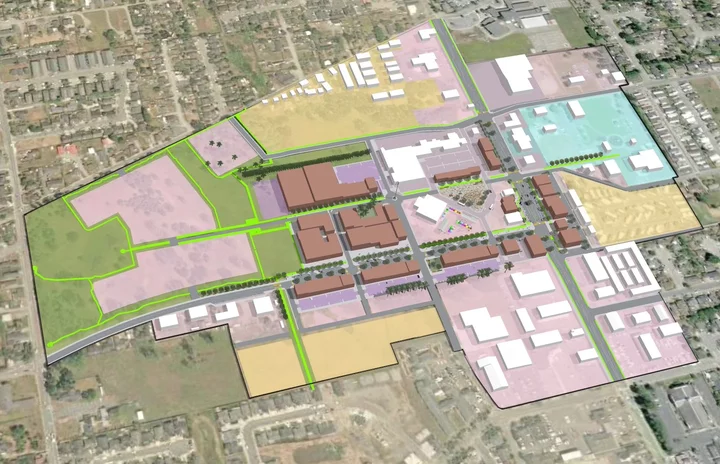
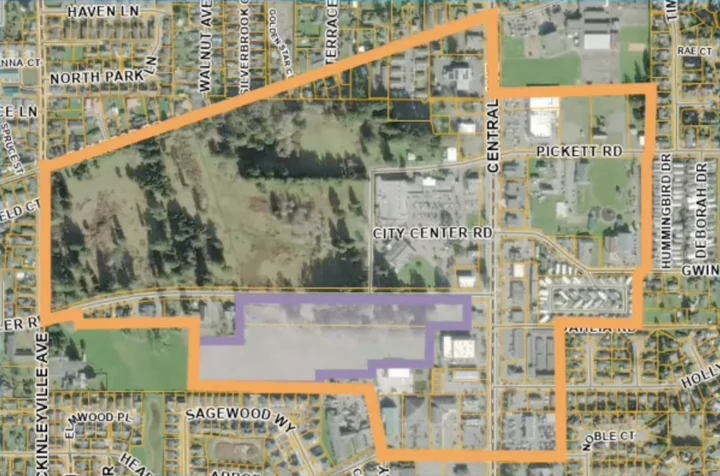
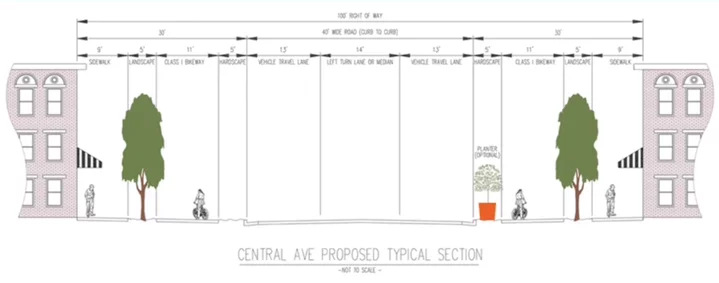
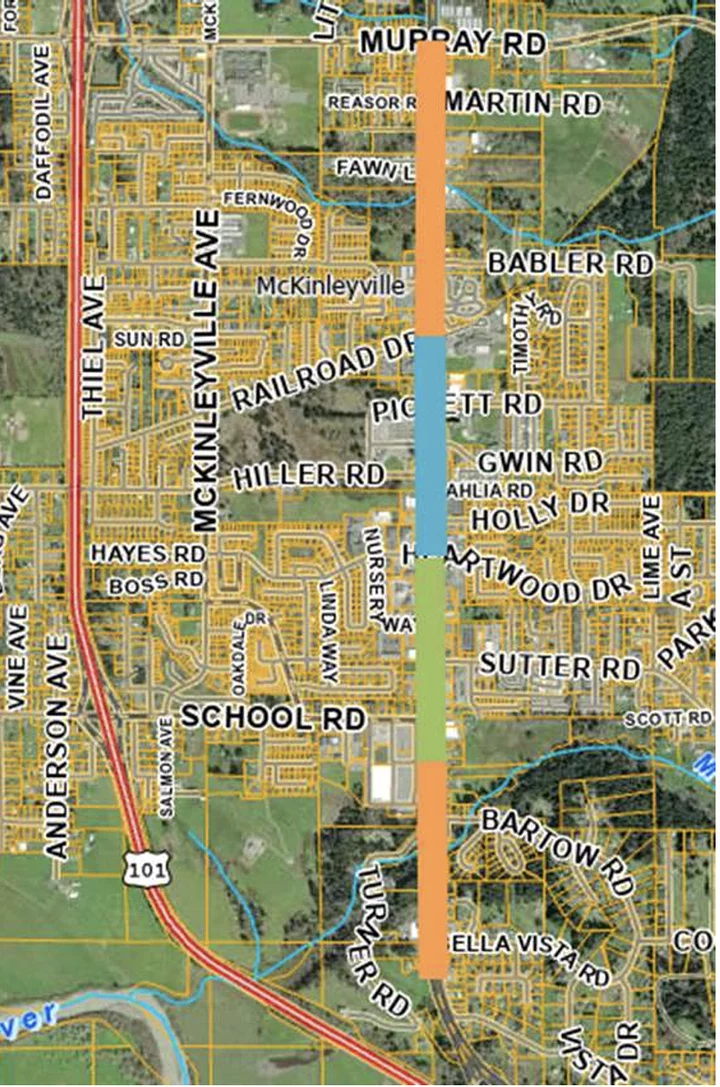
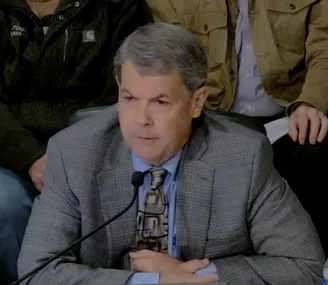
CLICK TO MANAGE